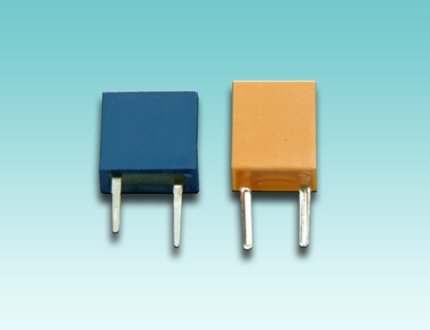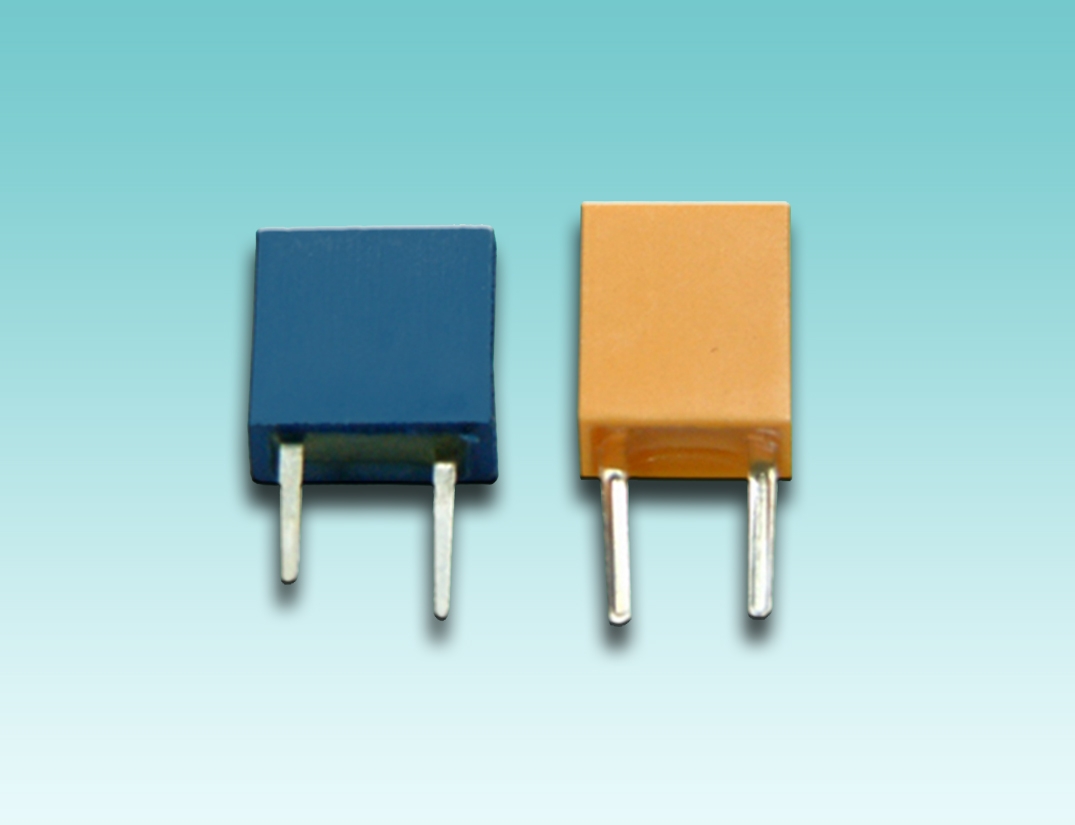kHz DIP Type Ceramic Resonators AGCR-TZTB
|
AGCR-ZTB Series of Ceramic Resonator |
190~1250 kHz |
Technical Characteristics:
|
Model |
Frequency Accuracy |
Resonate Impedance |
Stability in Temperature |
Aging for Ten |
Load Capacitance (pF) |
|
|
C1 |
C2 |
|||||
|
TZTB 190~249D |
±1kHz |
< = 20 |
±0.3 |
±0.3 |
330 |
470 |
|
TZTB 250~374D |
±1kHz |
< = 20 |
±0.3 |
±0.3 |
220 |
470 |
|
TZTB 375~429P |
±2kHz |
< = 20 |
±0.3 |
±0.3 |
120 |
470 |
|
TZTB 430~509E |
±2kHz |
< = 20 |
±0.3 |
±0.3 |
100 |
100 |
|
TZTB 510~699P |
±2kHz |
< = 30 |
±0.3 |
±0.3 |
100 |
100 |
|
TZTB 700~999J |
±0.5% |
< = 70 |
±0.3 |
±0.3 |
100 |
100 |
|
TZTB 1000~1250J |
±0.5% |
< = 100 |
±0.3 |
±0.3 |
100 |
100 |
Dimensions:(mm)

|
Frequency Range |
Width |
Thickness |
Height |
Lead Space |
Lead Length |
|
190~249 |
13.5 |
3.8 |
14.7 |
10.0 |
8.0 |
|
250~374 |
11.0 |
3.8 |
12.2 |
7.7 |
7.0 |
|
375~400 |
7.9 |
3.6 |
9.3 |
5.0 |
7.7 |
|
401~699 |
7.0 |
3.5 |
9.0 |
5.0 |
4.0(6.0) |
|
700~1250 |
5.2 |
2.8 |
6.8 |
2.5 |
3.5(5.0) |
|
100J |
5.1 |
2.3 |
6.3 |
2.5 |
4.0 |
|
AGCR-TZTB Y kHz Series Surface mountable Ceramic Resonator |
375~1250 kHz |
Technical Characteristics:
|
Model |
Frequency Accuracy |
Resonate Impedance |
Stability in Temperature |
Aging for Ten |
Load Capacitance (pF) |
|
|
C1 |
C2 |
|||||
|
TZTB 375~429Y |
±0.5 |
< = 20 |
±0.3 |
±0.3 |
120 |
470 |
|
TZTB 430~509Y |
±0.5 |
< = 20 |
±0.3 |
±0.3 |
100 |
100 |
|
TZTB 510~699Y |
±0.5 |
< = 30 |
±0.3 |
±0.3 |
100 |
100 |
|
TZTB 700~900Y |
±0.5 |
< = 50 |
±0.3 |
±0.3 |
100 |
100 |
|
TZTB 901~1000Y |
±0.5 |
< = 70 |
±0.3 |
±0.3 |
100 |
100 |
|
TZTB 1001~1250Y |
±0.5 |
< = 100 |
±0.3 |
±0.3 |
100 |
100 |
Dimensions:(mm)

They are also likely to be found in timing circuitry for a wide array of applications such as TVs, VCRs, automotive electronic devices, telephones, copiers, cameras, voice synthesizers, communication equipment, remote controls and toys. A ceramic resonator is often used in place of quartz crystals as a reference clock or signal generator in electronic circuitry due to its low cost and smaller size.



